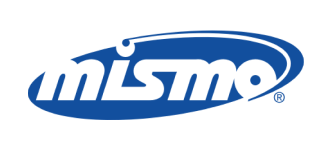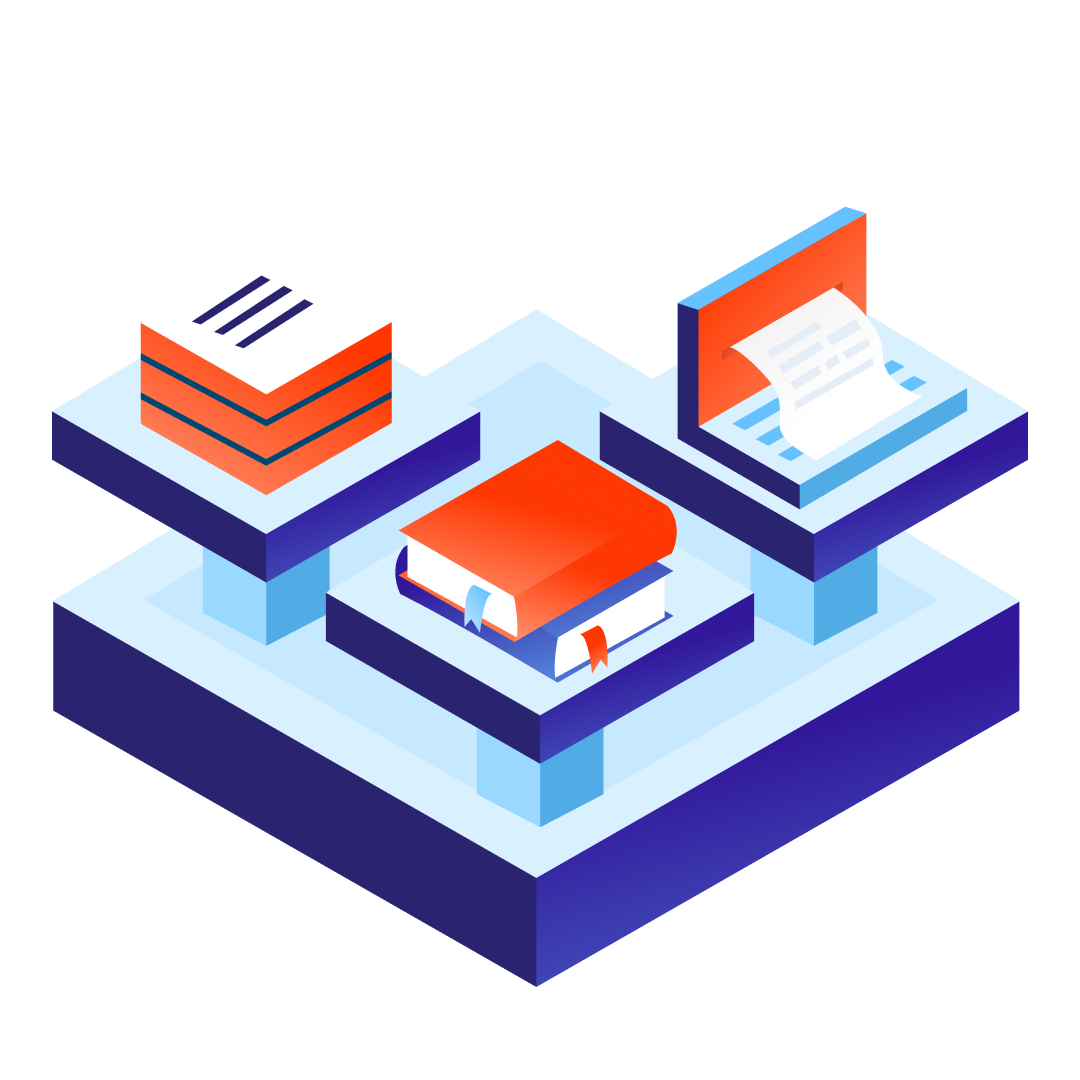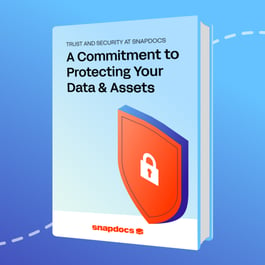Adding remote online notarization (RON) to your eClosing toolkit can make mortgage closings even more cost-effective, efficient, and secure for you and your borrowers. With any new technology comes misconceptions, so we’re going to clarify exactly what RON is and isn’t to ensure lenders fully understand its capabilities.
What is remote online notarization?
Simply put, remote online notarization is the act of conducting electronic notarizations (eNotarizations) remotely online. Instead of meeting in-person, consumers and notaries connect digitally through two-way audiovisual technology, like a webcam. This is why RON eClosings are sometimes referred to as webcam closings. During the virtual closing appointment, both parties have access to the digitized documents and are able to eSign and eNotarize in real time.
Where RON fits into an eClosing
RON is part of a larger digital closing ecosystem that begins with digitizing closing documents and ends with eRecording the executed documents at the county recorder’s office.
Let’s take a closer look at how RON is used during an eClosing.
When the time comes for the closing appointment, the borrower and notary signing agent will join a virtual meeting. All necessary documents have already been uploaded to a digital closing platform and either manually or automatically tagged with eSignature and eNotarization fields. This allows the borrower to review the package prior to the closing appointment and eSign the pages that don’t need to be notarized. During the virtual meeting, the borrower and notary are only working through the documents that need to be notarized, making for a quicker closing.
A secure online transaction
Identity validation and cyber security are critical to the validity of RON-executed documents. To reduce fraud risk, the borrower must complete a multi-factor authentication process that typically includes credential analysis and a series of knowledge-based authentication (KBA) questions.
Credential analysis requires the borrower to submit images of the front and back of their government-issued photo ID. This is usually done using a webcam or a mobile app. The images are then processed and validated by credential verification technology that is capable of identifying fraudulent or fake IDs.
The KBA questions presented to the borrower are randomly generated from their credit report details. Typically, there are five multiple-choice questions, and the borrower must correctly answer at least four questions within two minutes in order to proceed with the closing. A sample KBA question is, “Which of the following zip codes have you never lived in?” If they fail to correctly answer, they may be able to try again one or more times.
Once the borrower has successfully passed these steps, the signing agent will visually confirm that the borrower’s uploaded ID matches the person who appears on the live video feed.
After the security phase of RON has been passed, the borrower and notary can execute the incomplete loan documents. RON technology indicates where each party must eSign and eNotarize, guiding them to fill in all necessary fields. After the documents are fully executed, a tamper-evident seal is applied to the electronic package so it can’t be altered without detection. A recording of the session is also saved and securely stored, in case it needs to be reviewed later. The completed loan package is immediately accessible to the borrower, lender, and settlement company.
Creating a quicker, streamlined closing
In-person closing appointments aren’t always easy to schedule or convenient for all parties, especially when the borrower resides outside of the state where the property is located. RON eClosings not only cut out travel time, but they also speed up the closing itself, since most documents are eSigned prior to the closing appointment. As a result, lenders are able to deliver a hassle-free digital closing experience that exceeds borrowers’ expectations.
We’ve only scratched the surface of RON and the role it plays in digital mortgage closings. Download our free Remote Online Notarization 101: What you need to know about the technology enabling remote digital mortgage closings eBook for an in-depth look at this important technology. You’ll learn about how RON can benefit your business, how to get started with implementing RON, the key stakeholders that you must be aware of, and much more.


















